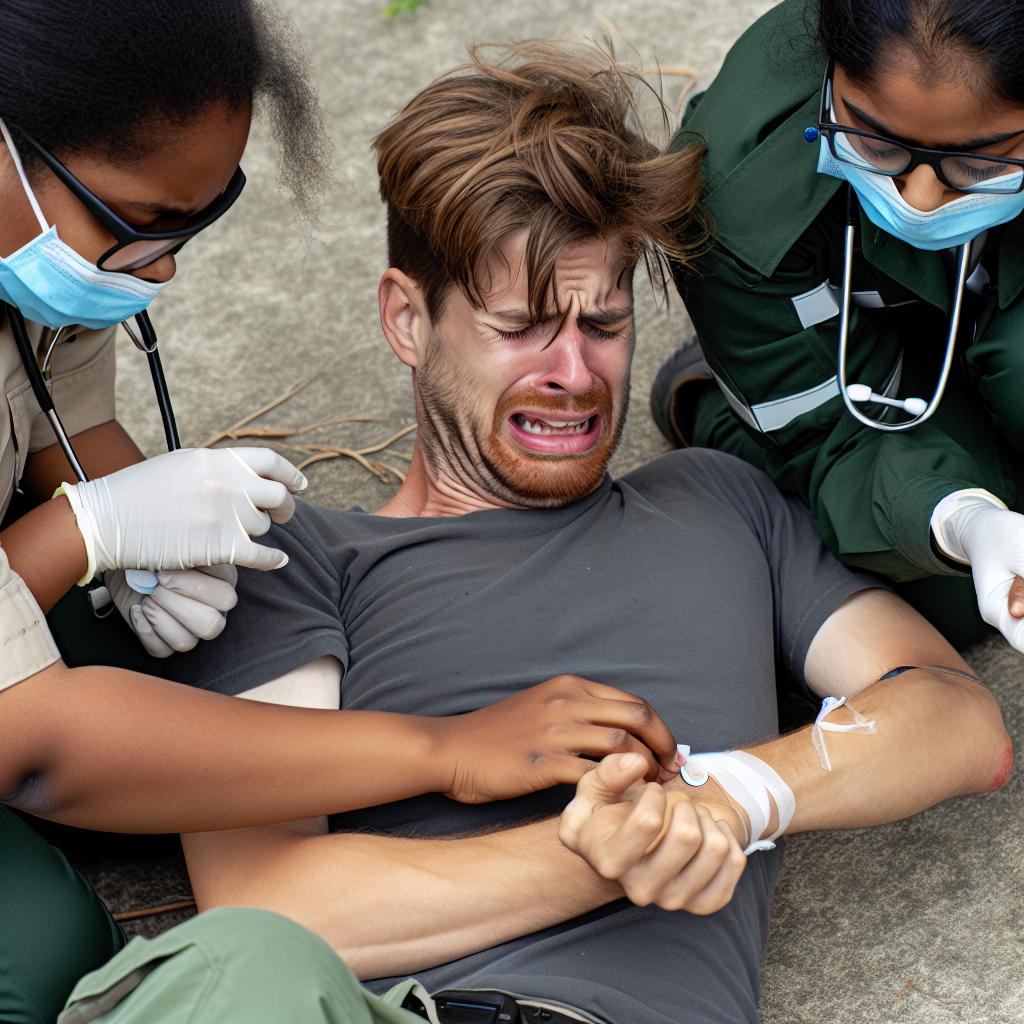Speeding Up Your Accident Injury Recovery: Tips to Enhance Healing
Discover how to significantly reduce your recovery time and promote effective healing after an accident with expert-approved strategies.
Understanding the Healing Process After an Accident Injury
The healing process after an accident injury can vary depending on the severity of the injury and individual factors. It typically involves several stages, including inflammation, tissue repair, and remodeling. During the initial stage of inflammation, the body's immune response is activated to remove damaged cells and initiate the healing process. This can cause swelling, pain, and redness at the site of the injury.
As the healing process progresses, the body starts to repair the damaged tissues. New blood vessels are formed to supply oxygen and nutrients to the injured area, and collagen fibers are laid down to strengthen the healing tissues. This stage may last for several weeks or months, depending on the extent of the injury.
The final stage of healing is remodeling, where the newly formed tissues gradually mature and gain strength. This stage can continue for several months to a year, during which physical therapy and exercise play a crucial role in restoring mobility and function.
It's important to note that each person's healing process is unique, and factors such as age, overall health, and the presence of any underlying conditions can influence the recovery time. It's essential to follow medical advice and engage in appropriate treatments to support the healing process.
Nutrition: Fueling Your Body for Faster Recovery
Nutrition plays a vital role in supporting the healing process after an accident injury. Providing your body with the right nutrients can help enhance tissue repair, reduce inflammation, and boost overall recovery. Here are some tips to fuel your body for faster recovery:
- Eat a balanced diet rich in fruits, vegetables, lean proteins, and whole grains. These foods provide essential vitamins, minerals, and antioxidants that support the healing process.
- Increase your protein intake to promote tissue repair. Good sources of protein include lean meats, fish, eggs, dairy products, legumes, and nuts.
- Stay hydrated by drinking plenty of water. Water helps transport nutrients to the injured area and flush out toxins that can impede the healing process.
- Incorporate foods high in omega-3 fatty acids, such as salmon, flaxseeds, and walnuts. Omega-3 fatty acids have anti-inflammatory properties and can help reduce swelling and pain.
It's important to consult with a healthcare professional or registered dietitian for personalized nutritional recommendations based on your specific needs and condition.
Physical Therapy: Techniques to Restore Mobility and Strength
Physical therapy is an essential component of the recovery process after an accident injury. It focuses on restoring mobility, strength, and function through targeted exercises and techniques. Here are some common physical therapy techniques used to enhance recovery:
- Range of motion exercises: These exercises aim to improve joint flexibility and restore normal movement.
- Strengthening exercises: Targeted exercises help rebuild muscle strength and prevent muscle atrophy.
- Manual therapy: Hands-on techniques, such as massage and joint mobilization, can help reduce pain, improve circulation, and promote healing.
- Therapeutic modalities: Physical therapists may use modalities such as heat, cold, electrical stimulation, or ultrasound to relieve pain, reduce inflammation, and promote tissue healing.
Working closely with a skilled physical therapist can help tailor a rehabilitation program to your specific needs and goals, ensuring a safe and effective recovery.
Mental Health Support: Managing Stress and Emotional Trauma
Recovering from an accident injury not only involves physical healing but also emotional well-being. Managing stress and emotional trauma is crucial for a holistic recovery. Here are some strategies to support your mental health during the healing process:
- Seek support from loved ones: Surround yourself with a supportive network of family and friends who can provide emotional support and encouragement.
- Consider counseling or therapy: Talking to a mental health professional can help you process your emotions, cope with any trauma or anxiety related to the accident, and develop healthy coping mechanisms.
- Practice relaxation techniques: Engaging in relaxation techniques such as deep breathing, meditation, or yoga can help reduce stress, promote relaxation, and enhance overall well-being.
- Stay engaged in enjoyable activities: Finding joy in activities you love can boost your mood and provide a sense of normalcy during the recovery period.
Remember, it's important to prioritize your mental health and seek professional help if needed. Your emotional well-being plays a significant role in your overall recovery.
Integrating Complementary Therapies into Your Recovery Plan
In addition to conventional treatments, integrating complementary therapies into your recovery plan can further enhance the healing process. These therapies can help reduce pain, promote relaxation, and improve overall well-being. Here are some examples of complementary therapies that may benefit your recovery:
- Acupuncture: This ancient practice involves the insertion of thin needles into specific points on the body to stimulate healing and alleviate pain.
- Massage therapy: Massage can help reduce muscle tension, improve circulation, and promote relaxation.
- Herbal medicine: Certain herbs and supplements may have anti-inflammatory or pain-relieving properties. However, it's essential to consult with a healthcare professional before incorporating any herbal remedies into your recovery plan.
- Mind-body practices: Techniques such as yoga, tai chi, or mindfulness meditation can help reduce stress, improve flexibility, and enhance overall well-being.
It's important to discuss these complementary therapies with your healthcare provider to ensure they are safe and appropriate for your specific condition and recovery stage.

